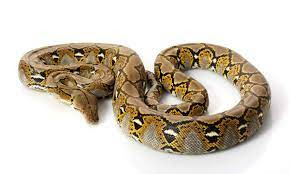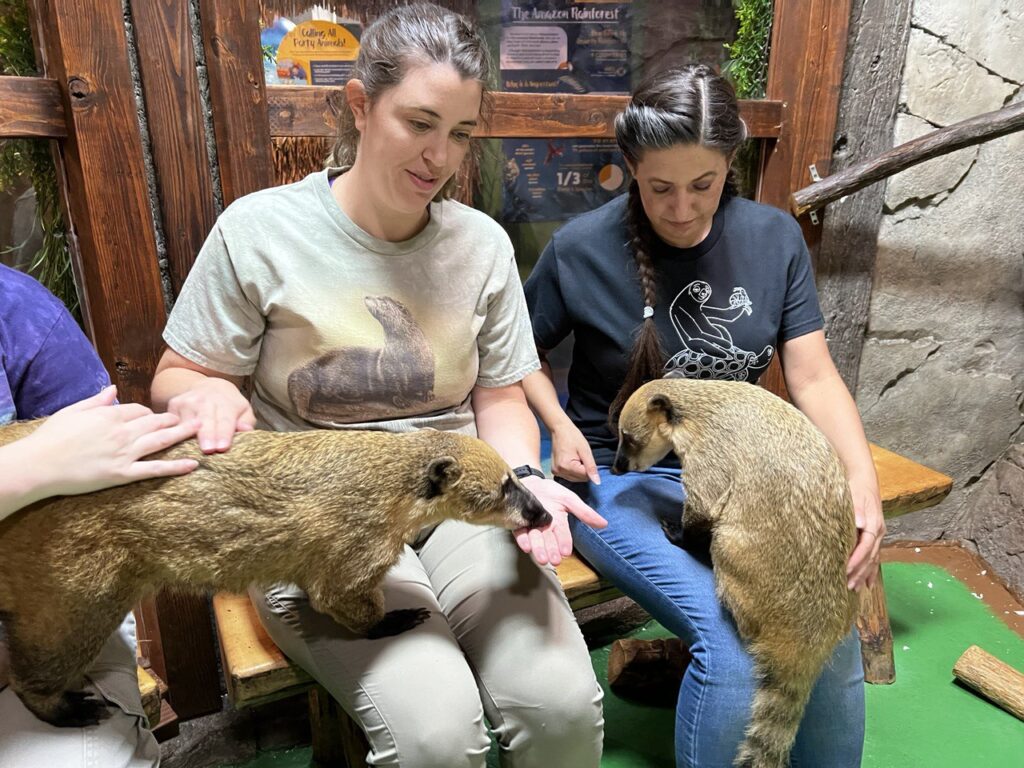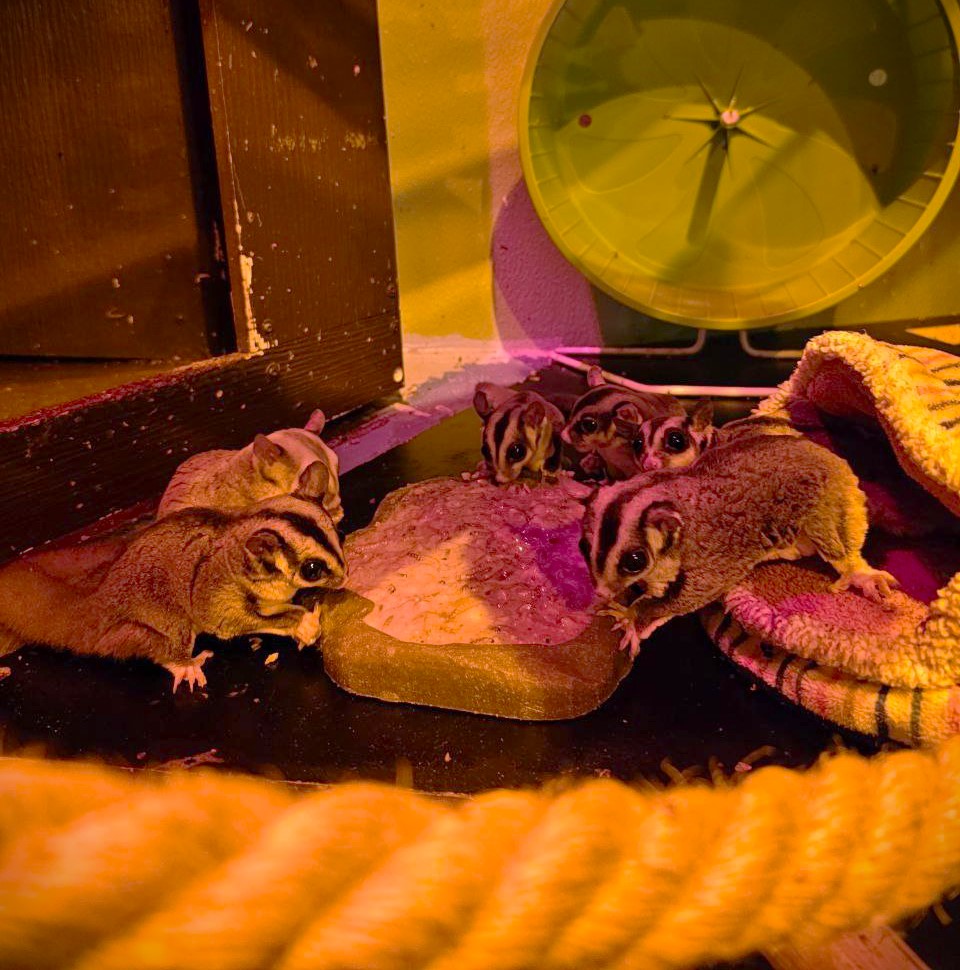SeaQuest Guide to Pythons!
Share it on:

Pythons are some of the most popular pets in the world and they can make wonderful companions. But they do require a lot of time, attention, and care. If you’re considering getting a python as a pet, it’s important to understand what you’re getting into. Here is an overview of pythons and what you need to know before bringing one home.
What is a Python?
Pythons are members of the Boidae family of snakes and are categorized as constrictors. Pythons originate from Africa, Australia, and Asia, and over time have migrated to the Americas. Constriction is how this snake species to kill or subdue their prey. The snake will strike at its prey and hold on tight. Then they wrap around the prey a few times creating the “constriction coil” The snake will monitor the prey’s heartbeat to ascertain when it is dead.
A python is a generally large, non-venomous snakes found in tropical and subtropical regions around the world. There are a number of sub-species of pythons, but overall most have a thick, scaly skin and are usually colored with bands or spots that create an attractive pattern along their bodies. Their heads are triangular shaped and they have sharp, curved teeth used for killing prey.
How Many Species of Python are There?
There are currently over 40 species of pythons recognized by taxonomists, making them one of the most diverse snake families in terms of the number of species. Some of the more popular known breeds/morphs are:
- Ball Python
- Carpet Python
- Burmese Python
- Reticulated Python
- Rock Python
- Angolan Python
How Long Do Pythons Live?
Pythons are known to be one of the longest-living species of snakes! Burmese pythons typically live up to 20 years. However, in captivity they can live longer, with some surviving 25-28 years. Jungle carpet pythons are known to live up to 30 years in captivity! In the wild, their lifespan is a bit shorter at 15 to 20 years. Woma pythons have an average lifespan around 15 years, though with proper care they can live up to 20 years in captivity.
What Do Pythons Eat?
The diet of a python will depend on its species, size, age, health status, and other factors like activity level and metabolism rate. Generally speaking, most pythons are carnivorous and will eat birds, small mammals and other small reptiles. Some eat rodents like mice or rats. Pythons use their strong muscles to constrict their prey before eating it whole. This allows them to swallow even very large animals without needing to chew them first.
Did You Know? Pythons have heat-sensing organs located beneath their eyes and on the tops of their heads which allow them to detect warm-blooded prey even if they cannot see it. Pythons can survive in environments with very little light or visibility and still can hunt at night.
How Big Do Pythons Get?
Ball Pythons are typically smaller and can reach lengths of 3-5 feet, while Carpet Pythons grow to be 6-10 feet long, and Burmese Pythons can up to 12-18 feet in length. However, the largest of the python species is the reticulated python, which has been recorded to have grown up to 25 feet in length!
Are Pythons Dangerous or Venomous?
While it is true that certain kinds of pythons can be dangerous if mishandled or not cared for properly, most pythons are very gentle and docile creatures who don’t mind being handled by pet owners or humans. Generally speaking, they are not known to be venomous, though some species may have mild venom which can cause discomfort if you are bitten. Most pythons rely on constriction to kill their prey rather than venom, so even if they bite someone, it’s unlikely that any harm would come from it. It’s always best to exercise caution when dealing with any wild animal and use common sense when trying to interact with them.
Do Pythons Make Good Pets?
Yes! Contrary to popular belief, many types of pythons make great pets as long as they are provided with proper care and given plenty of attention from their owners. They are commonly known to bond very closely with their human caregivers over time and enjoy being handled regularly. They also make great “show-and-tell” animals since they tend to be very docile around strangers (as long as those strangers aren’t too loud or aggressive). Additionally, they don’t require much space – some species can live comfortably in a tank as small as 10 gallons – making them ideal pets for people who don’t have a lot of room in their homes but still want a unique companion animal!
SeaQuest is committed to protecting our world’s oceans, wildlife, and endangered animals. We focus on how to be proactive in finding solutions. If you’d like to learn more about snakes or visit one, check out SeaQuest today or stop by any of the following locations: Utah, Las Vegas, Dallas-Fort Worth, Denver, Sacramento, Minneapolis, Connecticut, Lynchburg, New Jersey, and Atlanta.
~Vince Covino



